-
Photo: CC0 Public Domain / Pixabay – Mareefe
-
Photo: CC0 Public Domain / Pixabay – Pommegrenade
-
Photo: CC0 Public Domain / Pixabay – Hans
-
Photo: CC0 Public Domain / Pixabay – Lohrelei
-
Photo: CC0 Public Domain / Pixabay – Pollydot
-
Photo: CC0 Public Domain / Pixabay – Mabel Amber
-
Photo: CC0 Public Domain / Pixabay – Didgeman
-
Photo: CC0 Public Domain / Pixabay – Mabel Amber
-
Photo: CC0 Public Domain / Pixabay – Jastra
-
Photo: CC0 Public Domain / Pixabay – Didgeman
-
Photo: CC0 Public Domain / Pixabay – Bru-nO
-
Photo: CC0 Public Domain / Pixabay – Stevebidmead
-
Photo: CC0 Public Domain / Pixabay – Katja
-
Photo: CC0 Public Domain / Pixabay – JeShoots-com
-
Plants for bees: turn your garden & balcony into the perfect home for bees!
In urban and suburban cities, it can be difficult for honey bees, bumble bees and other insects to find enough nectar and pollen to sustain themselves. By keeping the right flowers for bees on your terrace, balcony or garden, you can help the pollinators find the food they need.
These eleven plants have nectar-rich flowers bees are attracted to.
-
Borage
This annual plant is also known as cucumber herb because the edible, hairy leaves have a cucumber-like aroma.
You can sow borage from April to the end of June. Depending on the time of sowing, it bears many nectar-rich flowers for bees in blue and pink from June to the frost. The ideal location is sunny to semi-shady, with the soil permeable and moist. Borage is easy to care for and adaptable. Caution: This plant spreads very quickly.
Read on: Kitchen Herb Garden: Grow Your Own
-
Buckwheat
Buckwheat is another perfect plant for bees. It can be sown from April until the end of August. This annual plant thrives best in a sunny to partly-sunny location on loose, relatively sandy ground. It is quite undemanding and can be used as a green manure, to add nutrients to the soil.
The fast-growing plant bears small, white, nectar-rich blossoms making them ideal flowers for bees.
-
Nasturtium: an ideal flower for bees and humans
Nasturtiums are sprawling plants that can be easily grown in flower beds or in a pot on the balcony. This frost-sensitive plant can be sown starting in May in nutrient-rich soil, in a sunny to semi-shady location.
Nasturtiums have beautiful red, yellow, or orange flowers that bees are attracted to. The blossoms, as well as the leaves and the seeds, are edible and make a lovely and healthy addition to summertime salads.
-
Catnip
Another great plant for bees is Catnip. Catnip blooms white, blue, or violet from July to September. The plant got its name thanks to its fresh, lemony-mint scent that attracts cats. The leaves of certain varietals of catnip can also be used to make tea.
The perennial plant prefers a sunny location and loose, nutrient-rich soil. You can sow it from April to August. Caution: the plant produces numerous seeds and spreads quickly.
-
Clover
If you’re looking for flowers for bees, clover is an easy choice. It grows like a weed and can be used as green manure. Depending on the variety, clover can produce white, purple or dark red flowers bees are attracted to. You can sow clover in a sunny to semi-shady location from April to the end of September in nutrient-rich, permeable soil.
-
Cornflower: another edible flower for bees and people
Cornflowers do not always bloom only blue: they also bloom pink and white. If you sow them from March to the end of June, they will flower from June until autumn. If you sow them in August and September, they will not appear until the following year. They like a sunny location with loamy soil.
Cornflowers are a great plant for bees and humans alike: The flowers are an important food source for bees, and they are also edible for us.
-
Hibiscus
Hibiscus are great flowers for bees, and make a lovely addition to your garden. They come in many types and colors, and are known for their delicate fragrance.
Rose Mallow, the type of Hibiscus native to North America, can be sown in April and May in sunny places with nutrient-rich, permeable soil. Most varieties flower from July, but the perennial hollyhocks only flower in the second year.
-
Phacelia or "Bee's Friend"
Phacelia is not without reason known as “bee’s friend”: its blue-violet flowers are not only pretty to look at, but are also the perfect flowers for bees and other pollinators.
Sown from March to July in permeable, loamy soil, this plant continues to flower until October. However, you can also sow it until the beginning of October and use it as green manure.
-
Marigold: more than just a great plant for bees
You can sow marigolds from March to the end of August. They bloom from May until the frost in different shades of yellow and orange. A sunny location with permeable, loamy soil is ideal.
Marigolds are not only interesting plants for bees: You can eat the flowers and use them for ointments and tinctures.
Tip: Marigold is said to help treat dry scalp and can be a great addition to “no poo shampoos.”
-
Sunflowers
Sunflowers are big, beautiful, and the perfect thing to plant for bees. In sunny locations with nutrient-rich soil, some varieties can grow to several feet high. The colors of the petals vary from sunny yellow to reddish brown. Their heads contain many thousands of small buds that produce sweet nectar making sunflowers a valuable flower for bees. Sown from May to the beginning of July, the sunflower blooms from July to the end of October.
Here’s another interesting fact about sunflowers: Although sunflower plants are self-pollinating, additional pollination by bees significantly increases crop yield – which means sunflower oil could be among the things that would disappear if bees went extinct.
-
Honeysuckle
Honeysuckle has sweet smelling flowers that bees are attracted to. They have very distinctively shaped yellow to bright-red blossoms and come in over 180 varieties in North America.
Honeysuckle prefers full sun but will tolerate some shade. The plant can grow in various types of soil, but most honeysuckle will require a bit of physical support in order to grow, such as a fence or trellis.
Honeysuckle requires regular trimming to prevent it from become invasive. Plant Honeysuckle in spring after the threat of frost has passed.
-
Read more on Utopia.org
- Edible Flowers: Which Are Safe to Eat and How to Put Them to Use
- Lavender: How to Plant and Care for the Herb
- How to Get Rid of Aphids: Helpful Home Remedies
- Growing Mint: Mint Plant Care in your Garden or Kitchen
- Growing Tomatoes in Pots: How to Plant Them on Your Balcony
This article was translated from German to English by Christie Sacco. You can find the original version here: 11 Pflanzen, die deinen Garten oder Balkon in eine Bienenweide verwandeln
-
Follow us!
Do you like this post?






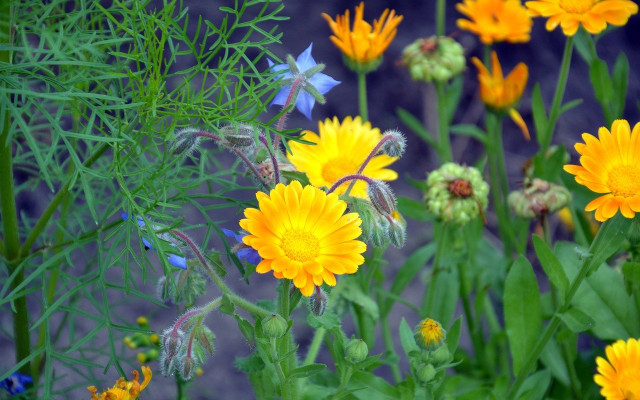 Photo: CC0 Public Domain / Pixabay – Mareefe
Photo: CC0 Public Domain / Pixabay – Mareefe  Photo: CC0 Public Domain / Pixabay – Pommegrenade
Photo: CC0 Public Domain / Pixabay – Pommegrenade 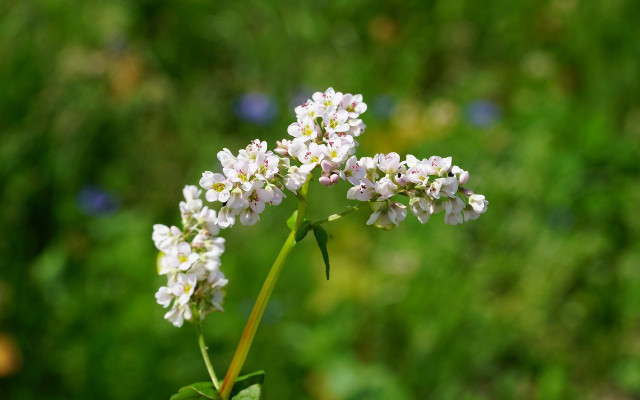 Photo: CC0 Public Domain / Pixabay – Hans
Photo: CC0 Public Domain / Pixabay – Hans 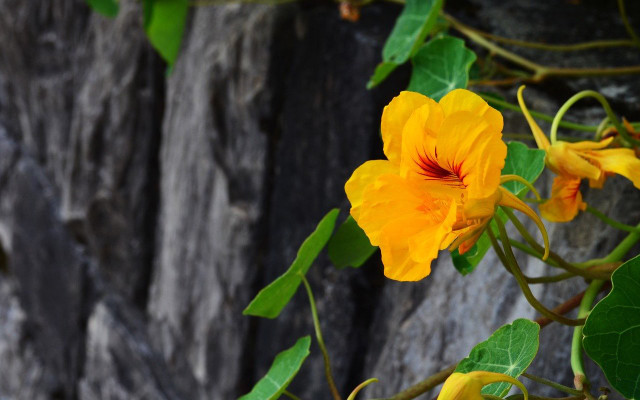 Photo: CC0 Public Domain / Pixabay – Lohrelei
Photo: CC0 Public Domain / Pixabay – Lohrelei 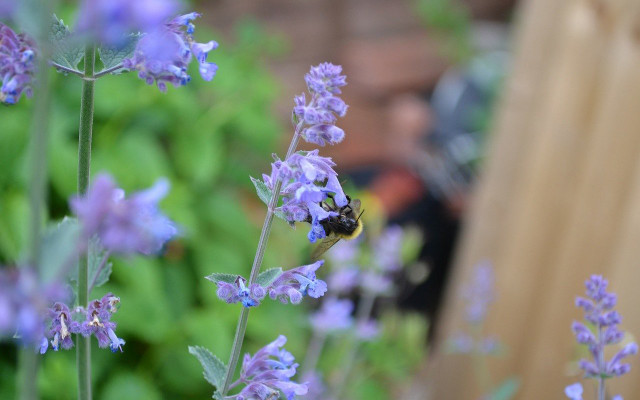 Photo: CC0 Public Domain / Pixabay – Pollydot
Photo: CC0 Public Domain / Pixabay – Pollydot 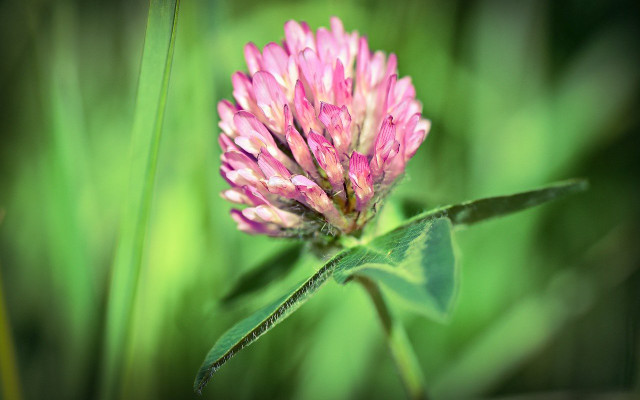 Photo: CC0 Public Domain / Pixabay – Mabel Amber
Photo: CC0 Public Domain / Pixabay – Mabel Amber 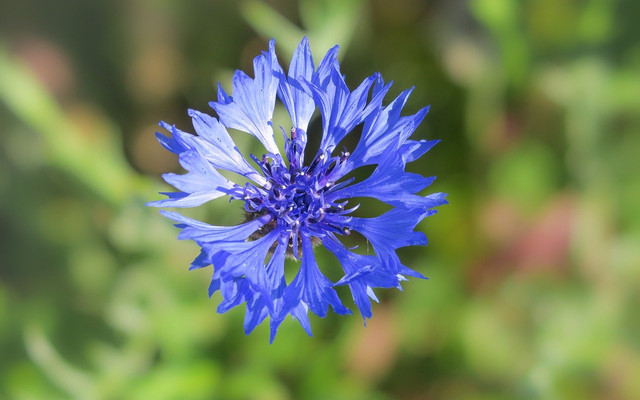 Photo: CC0 Public Domain / Pixabay – Didgeman
Photo: CC0 Public Domain / Pixabay – Didgeman 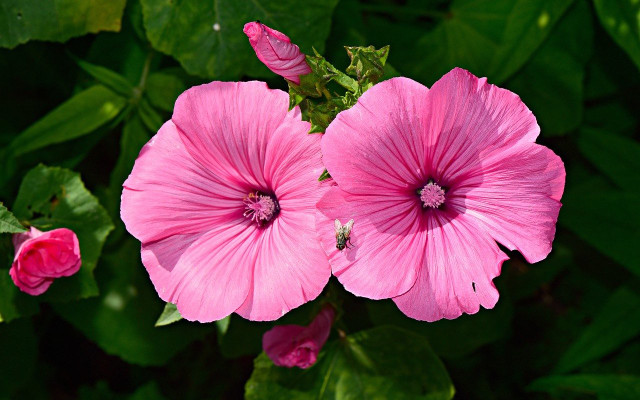 Photo: CC0 Public Domain / Pixabay – Mabel Amber
Photo: CC0 Public Domain / Pixabay – Mabel Amber 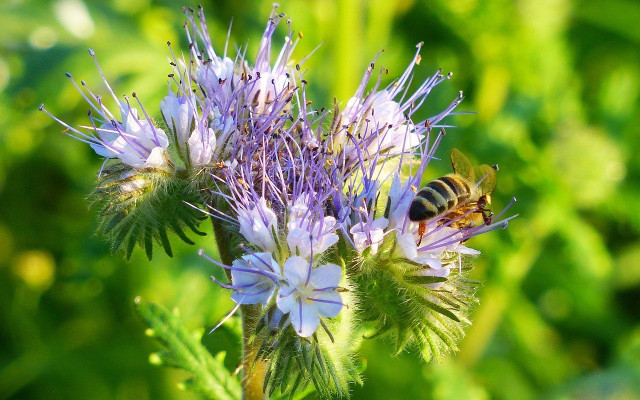 Photo: CC0 Public Domain / Pixabay – Jastra
Photo: CC0 Public Domain / Pixabay – Jastra  Photo: CC0 Public Domain / Pixabay – Didgeman
Photo: CC0 Public Domain / Pixabay – Didgeman 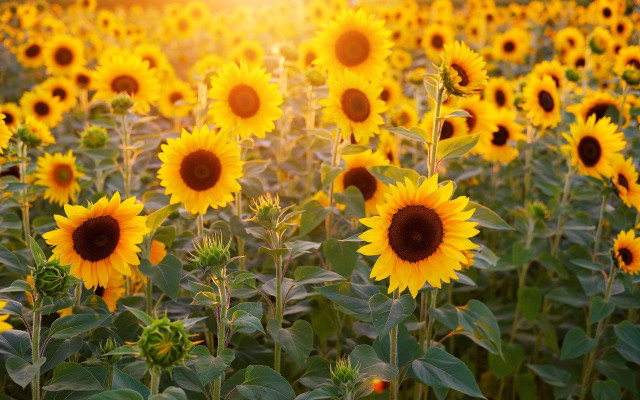 Photo: CC0 Public Domain / Pixabay – Bru-nO
Photo: CC0 Public Domain / Pixabay – Bru-nO 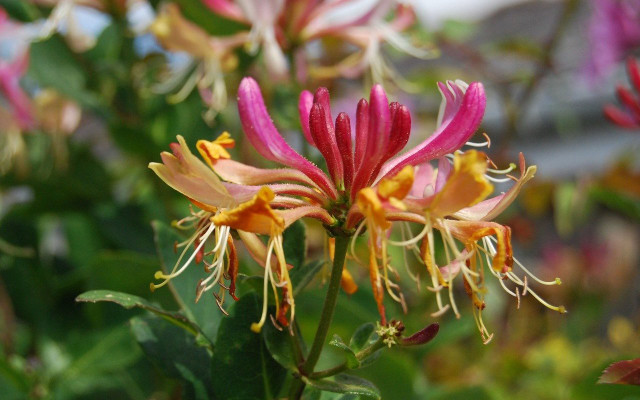 Photo: CC0 Public Domain / Pixabay – Stevebidmead
Photo: CC0 Public Domain / Pixabay – Stevebidmead 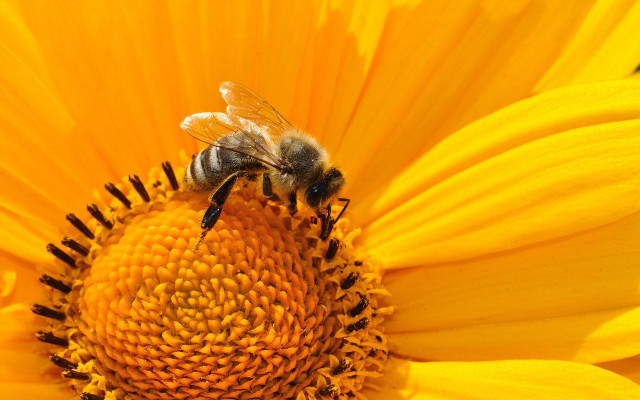 Photo: CC0 Public Domain / Pixabay – Katja
Photo: CC0 Public Domain / Pixabay – Katja  Photo: CC0 Public Domain / Pixabay – JeShoots-com
Photo: CC0 Public Domain / Pixabay – JeShoots-com